Google is always evolving.
Tweaks to the algorithm and changes to how search results are presented are often lamented by frustrated marketers, but these evolutions can also present valuable new opportunities for making content visible to searchers.
Today’s SERPs are a far cry from the humble list of ten results and handful of sponsored links that Google started out with.
In an effort to help searchers find their information faster – and with less clicking and scrolling – Google is incorporating a wider range of rich features into its results pages.
I want to use this post to take a look at some of these features.
How can we ensure our content is best suited to Google’s ever-more intuitive results pages? And how can we make it stand out there?
1. Google’s Answer Features
Answer boxes are increasingly being used by Google in an effort to provide searchers with answers to their questions, even without the need for clicking through to a site.
This can be annoying for marketers who have traditionally been working to optimize their content to garner clicks from Google. The more the SERPs provide answers to an increasing number of questions, the harder it will become to persuade searchers to click through.
This is all the more reason to start understanding how Google seeks to answer.
Searching around the term ‘doulas’ highlights how intuitive Google is at knowing what questions to answer (even if just a single word is searched for). Also, we can quickly see the diversity of answer boxes displayed from very subtle differences between search phrases.
Looking at the phrase ‘doulas,’ even though we haven’t asked Google a question, much of the above-the-fold SERPs are dedicated to an answer box. In this case, giving us related questions.
With the search phrase ‘whats a doula’ Google is even more confident, expecting us to most likely be satisfied with the dictionary definition of ‘doula’.
And with the question ‘what do doulas do’ Google gives us two answer boxes above the fold – the first is an info box, and the second is another related questions box.
These are just a few examples. Info boxes can vary in format from ranking lists, to numbered steps, and tables. Searches that relate to events are more frequently resulting in answer boxes that show the dates of the event.
Additionally, subjects such as weather and stock provide their own nicely displayed answer boxes too.
It’s good to think about this when it comes to creating content for your own site.
‘Doulas’ may be a relatively competitive search on its own, but it’s easy to see how a piece of content that answers a wider question about the niche (e.g. ‘how much does it cost to have a doula?’ or ‘why a doula is important?’) can be presented high in the SERPs even if the domain is not ranking in the top organic spots for the original search.
As Google declares, it is making the decision on what to show here programmatically. That is to say, unlike other rich features within contemporary SERPs, webmasters can not simply use mark-up to signal to Google that a certain piece of content contains an answer.
This means marketers and writers need to prioritise ensuring that the content answers their (well-researched) keyphrase promptly, naturally and succinctly on the page.
2. Videos
Video content – particularly from YouTube – remains a good way to stand out in Google’s increasingly content rich SERPs.
This search for ‘homemade baby carrier’ (you can see a theme developing here) ranks How To Make Your Own Baby Carrier… well but also quickly alerts the searcher to a number of important attributes about the content:
- It’s a ‘how-to’
- It’s a short-ish video
- The name of the brand is focused on the niche
- There’s a clear, action-led description (‘you need…’)
In short, there’s a lot of enticing content around that video result which might result in a click. It is authoritative and concise.
Even though the domain keepcalmandcarrythem.com is not visible on page 1 of Google’s rankings for this term, their brand is very visible thanks to this video.
3. Local, hyperlocal and business optimization
I covered some of this in my hyperlocal SEO piece recently on Search Engine Watch.
Google is increasingly good at presenting local, hyperlocal and business information. Businesses can upload their information to Google My Business, focus on local/hyperlocal/business key phrases, and mark up their content to make it even easier for the search engine to display relevant business information via rich features such as:
Maps
Rich snippets
Knowledge graphs and panels
Note: Conscious Birthing have a good opportunity to improve this knowledge panel from Google for ‘doulas’ by simply updating their Google My Business profile.
3-packs
Sitelinks
All these attributes go further to helping your content stand out in the SERPs when people search for local, hyperlocal or business key phrases.
4. Images
Depending on the search a user is making, Google is also very savvy when it comes to delivering image results.
We sometimes see them delivered next to rich snippets, accompanying information in answer boxes, and often in image packs.
Referring back to our earlier ‘homemade baby carrier’ search, the lead spot in the SERPs is given over to a feature pack of eight images.
The first image is a still from a YouTube video which doesn’t rank in the natural results. The second image is from a site called thediymommy.com – again, this domain doesn’t feature anywhere else in the front page results.
But they prove the point: Good images, if optimized well, can be very visible in Google – even if the content is outranked in text terms.
In this example, the info box content is taken from abckidsinc.com while the image is taken from wikihow.com. Both feature in the natural results in this instance, but both are below the fold and lower than two informational YouTube videos.
5. Don’t overlook SEO best practice and PPC
Just because Google continues to incorporate more intuitive and rich features in its SERPs, it does not mean we should overlook vintage SEO such as good title tags and meta descriptions. Well written content in regards to these can still make you stand out.
Also, we have not yet mentioned PPC, Google Shopping and sponsored listings. Of course, if your site is of the ecommerce type, it is still possible to use such tools to gain and maintain visibility in Google.
The search engine giant is still as keen to create revenue from ad clicks as it is to make its user experience quicker and more efficient.
That said, the changing landscape of Google’s SERPs is a challenge but is also ripe with opportunities.
If your content is well-planned, well-made, and well-optimized – Google will reward you with visibility.
from Search Engine Watch https://ift.tt/2q9Pyck


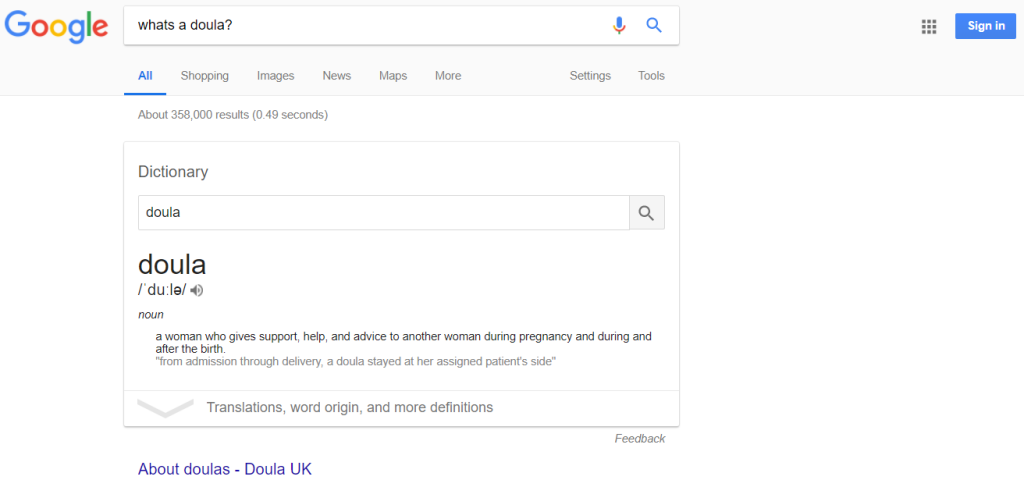
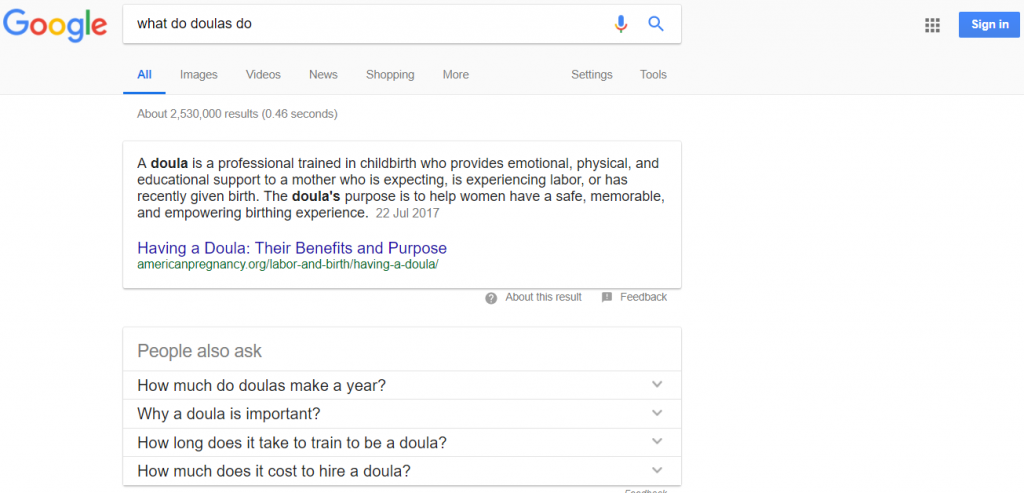
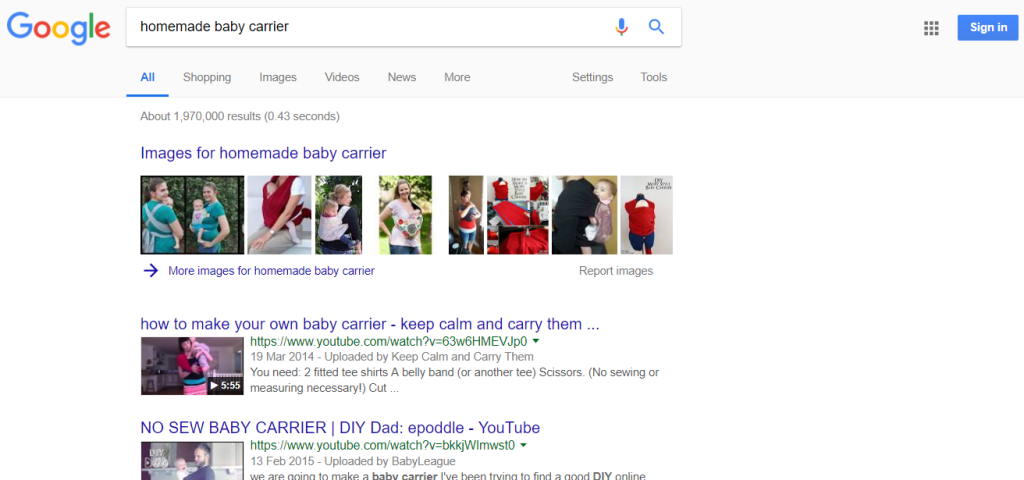

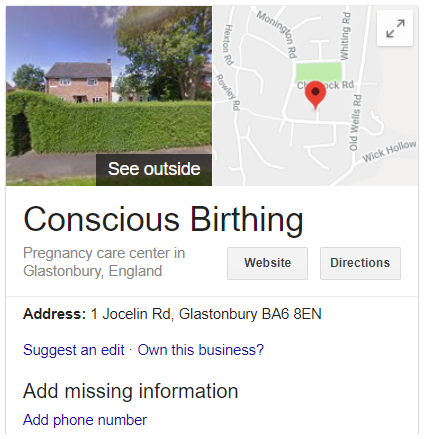
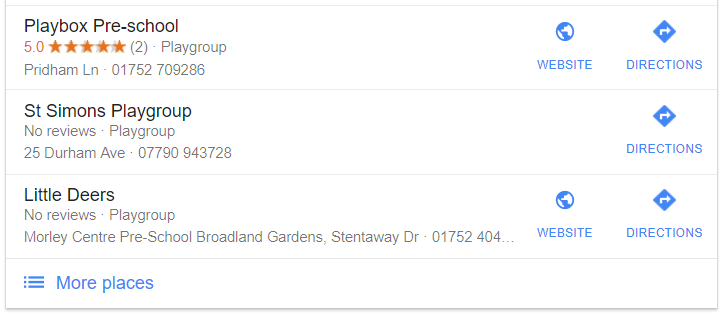
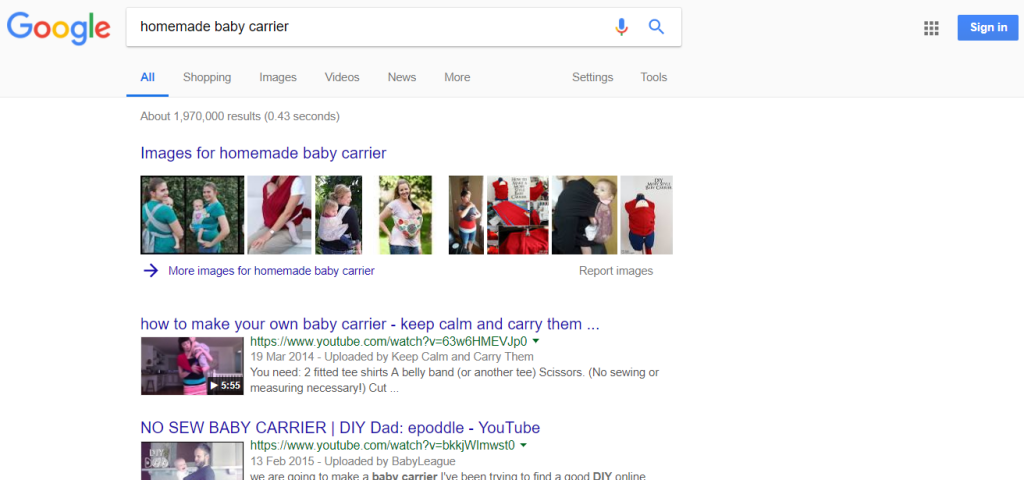
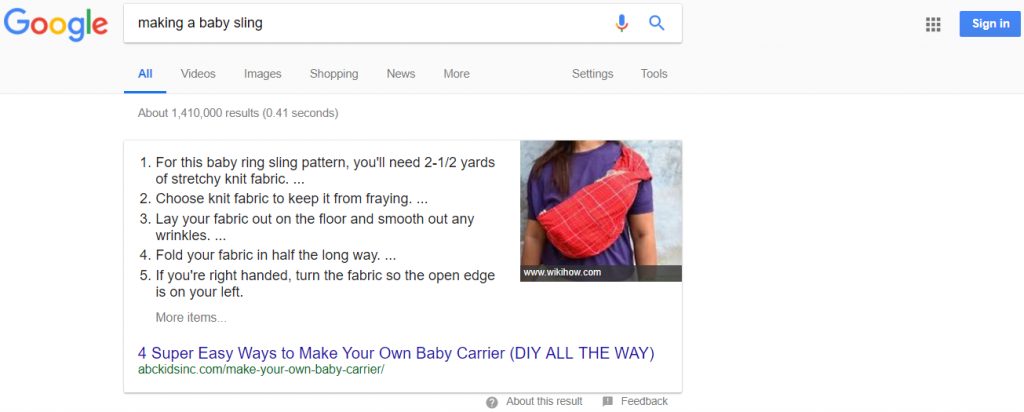


No comments:
Post a Comment